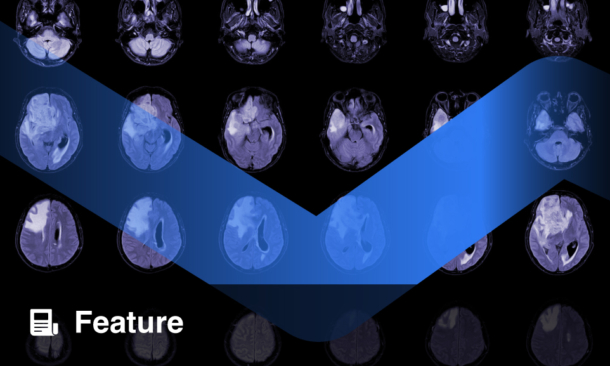Researchers have made a significant breakthrough in understanding ductal carcinoma in situ (DCIS), a pre-invasive tumour that can progress to invasive breast cancer, one of the leading causes of cancer-related deaths. The team generated a large-scale tissue microarray dataset of chromatin images from 560 samples taken from 122 female patients across three disease stages and 11 phenotypic categories.
Using advanced representation learning techniques on these chromatin images, without relying on multiplexed staining or high-throughput sequencing, the researchers identified eight distinct morphological cell states and tissue features associated with DCIS. Remarkably, all these cell states were present across all disease stages but in varying proportions. This suggests that cell states typically enriched in invasive cancer are also found, albeit in smaller fractions, in normal breast tissue.
Moreover, the study revealed that the spatial organisation of these cell states changes significantly as the disease progresses, offering predictive insights into the disease stage and phenotypic category. The findings demonstrate that chromatin imaging is a powerful and straightforward method for assessing cell states and disease stages in DCIS, providing a potentially effective biomarker for early detection and treatment planning of breast cancer. This advancement could lead to more accurate diagnosis and better-targeted therapies, ultimately improving patient outcomes.
Helena Bradbury, EMJ
Reference
Zhang X et al. Unsupervised representation learning of chromatin images identifies changes in cell state and tissue organization in DCIS. Nat Commun 15, 6112 (2024).







